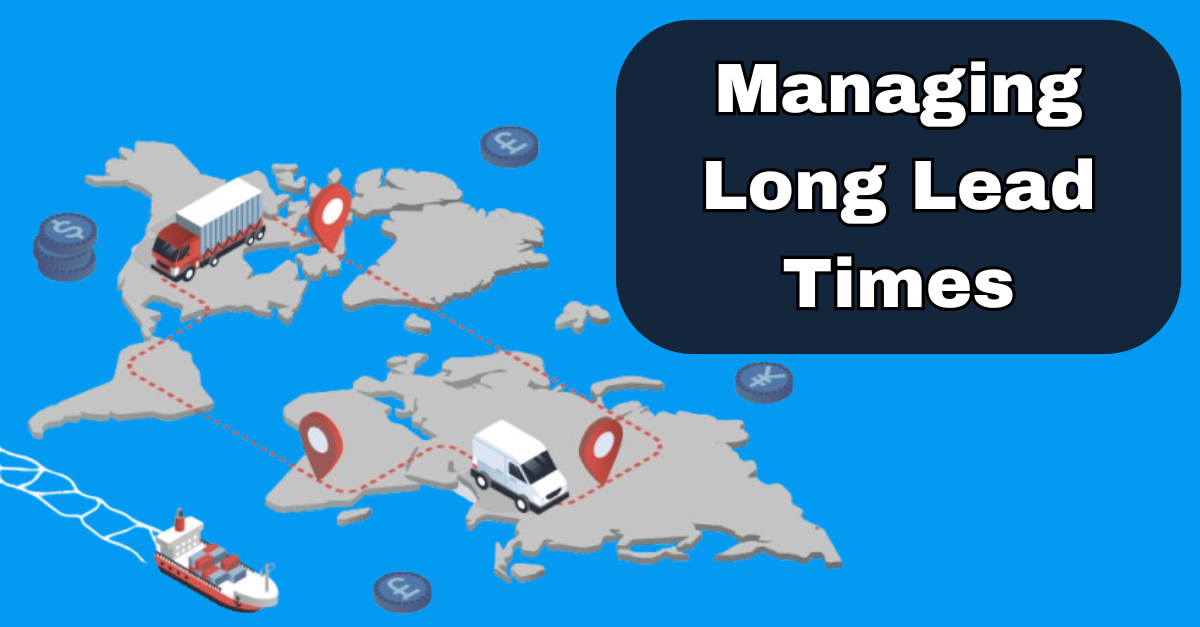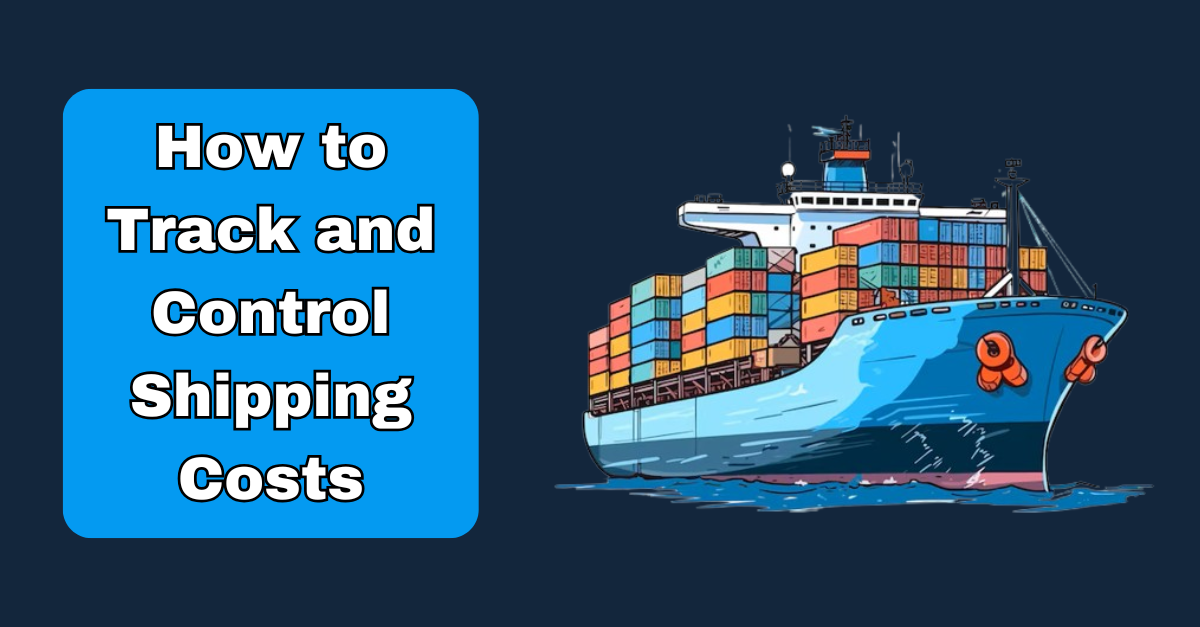Recent supply shain & tech news:
Maersk Voyage attacks - Maersk, the world's largest shipping company, has temporarily halted its vessels' journeys through the Bab el-Mandeb Strait in the Red Sea following ballistic missile attacks by Yemen's Houthi rebels. The attacks on cargo ships pose risks to the vital corridor for cargo and energy shipments connecting Europe and Asia from the Suez Canal to the Indian Ocean. Houthi representatives claim these actions are in response to the Israeli offensive in Gaza and explicitly state their intention to target ships affiliated with or transporting cargo to Israel.
Redirecting manufacturing from China - Companies are actively redirecting their sourcing strategies away from China, a trend underscored by survey findings from US manufacturers and brands. Rising costs, political tensions, and supply chain disruptions have fuelled this shift, evident in recent data. For instance, Walmart's US imports from China dropped from 80% in 2018 to 60% in August 2023. Notably, Mexico has surpassed China as the leading source of imported goods, with US imports totalling $239 billion from Mexico compared to $219 billion from China in the first half of 2023.
However, the landscape is intricate, as reported by the Wall Street Journal. Data suggests that a significant portion of products reaching the US from Southeast Asian countries and Mexico are manufactured in factories owned by Chinese companies. These Chinese firms are expanding overseas, partly to circumvent the Trump tariffs, which persist under the Biden administration. Complicating matters, products from smaller countries often rely on key inputs from Chinese suppliers, underscoring the interdependence in global supply chains. In essence, efforts to disengage from China face challenges, with supply chains between the US and China adding complexity rather than decoupling. Many goods imported to the US still have Chinese origins, indicating that disengagement strategies may not be as effective as initially thought.
Drayage sector technology barriers - The drayage sector is currently navigating the integration of technology to boost efficiency and sustainability. While some carriers actively digitize operations, challenges like reliance on manual systems, limited budgets, and ingrained resistance to change persist. The industry faces increasing pressure to meet visibility and connectivity standards set by leaders like Amazon. Failure to adapt to these evolving expectations could jeopardize competitiveness, emphasizing the need for strategic investments and technological advancements to remain competitive and stay in the game.
GEP Global Supply Chain Volatility Index Insights - The GEP Global Supply Chain Volatility Index, a key industry indicator monitoring demand conditions, backlogs, shortages, inventories, and transportation costs, remained in the red with a score of -0.34 in November, a marginal improvement from October's -0.41. Published on December 14, the survey highlighted sustained weakened demand for raw materials, components, and commodities through November, even as global purchasing activity showed improvement. Notably, Asia, despite an increase in its index score, grapples with significant spare vendor capacity, emphasizing a challenge persisting in the post-COVID-19 era. Derived from surveys involving 27,000 businesses across 40 countries, the index serves as a crucial tool, with a value above zero indicating growing supply chain volatility and below zero indicating reduced volatility.
News sources:
Maersk Voyage attacks – The Wall Street Journal
Redirecting manufacturing from China - SupplyChainDigest
Drayage sector technology barriers – SupplyChainBrain
GEP Global Supply Chain Volatility Index Insights - SupplyChainBrain










